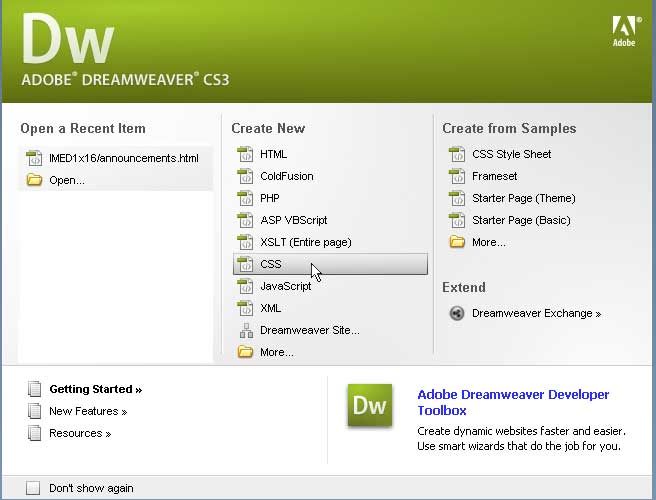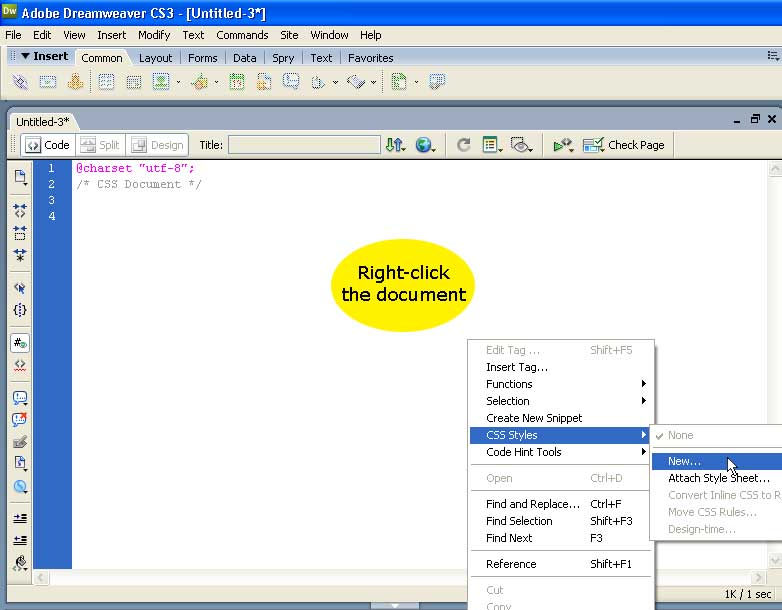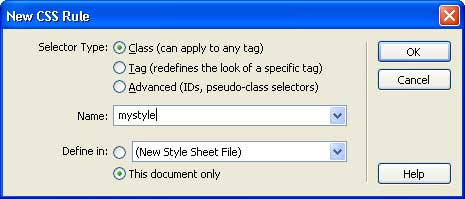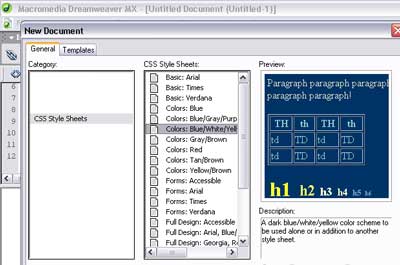![]()
![]() R. Craig Collins >
Web Page Design >
CSS in HTML
R. Craig Collins >
Web Page Design >
CSS in HTML
CSS in HTML © R. Craig Collins, 2005/6
As discussed in Formatting and Styles,
In-line styles can let us define what each instance of a tag can look like.
Taken one step further, we could define these modifications just once, in the
head, and then reuse these modified styles throughout the page. Adding this
information is called a style sheet. Key among tags modified are modifications
on how the body behaves, instead of adding text=, link=, etc.
(See my list of style properties here)
However, there is a better way if you wish to reuse the same modified style definitions in many different pages. Yes you could copy a style sheet into a template, then build all of your pages on that template, but what if we wish to change the way the entire site looks? It might be nice if we could just modify this list of styles in once, rather than on each web page.
To do this first we replace our local stylesheet that is stored in the head
with a pointer to an external style sheet that applies, or cascades, across
the whole web site. Then we simply build this single document, which ends in
.css. Of course, your html editor can do this very nicely.
(To Dreamweaver screenshots) (To NVu Screenshot)
Sample CSS site with external style sheet.
Creating CSS using Dreamweaver
Select New CSS

Right click, then choose CSS Styles, then choose New...
Choose Class, then name your new style item

Select the characteristics of your new style element

Creating CSS from Samples
